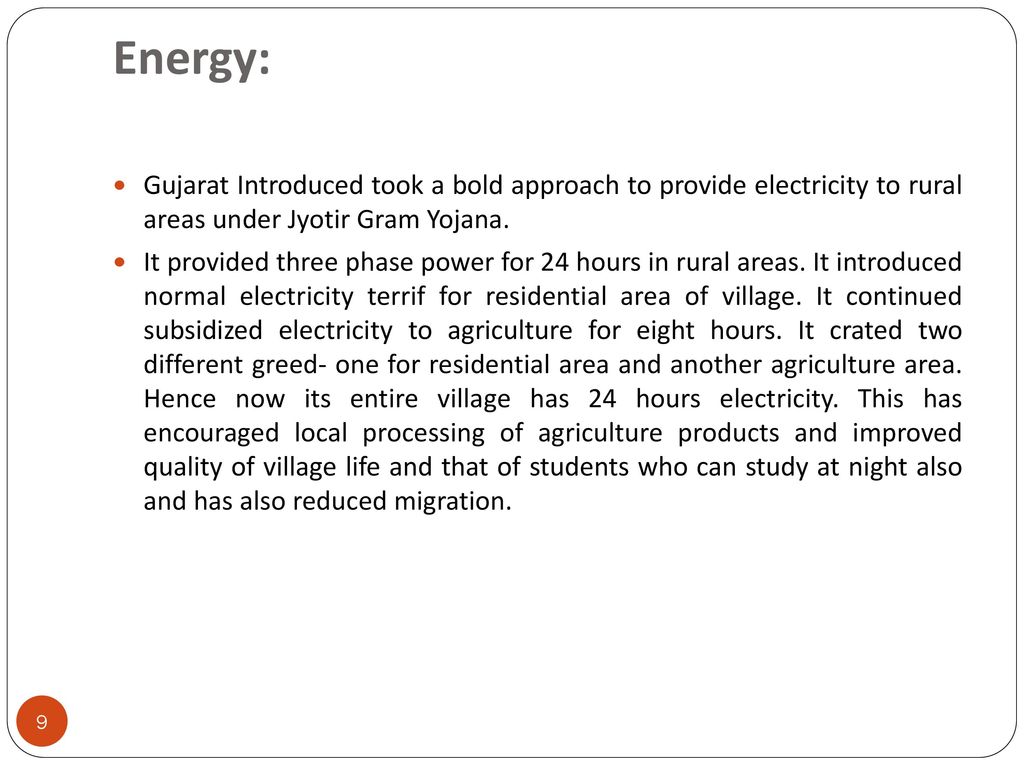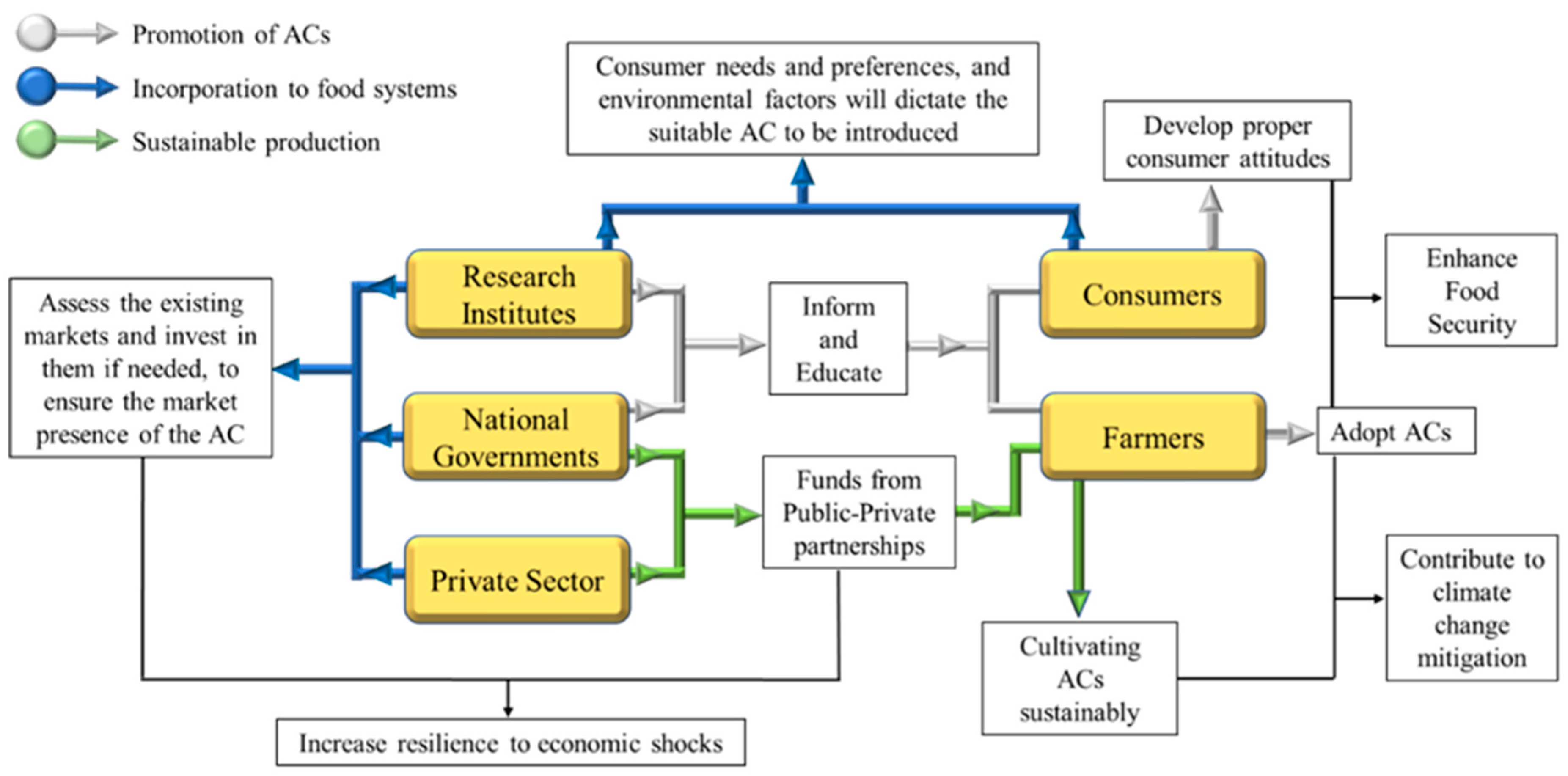Off grid living food – Off-grid living food represents a growing movement towards self-sufficiency and environmental consciousness. This guide delves into the practical aspects of producing, preserving, and sourcing food independently, exploring methods ranging from sustainable gardening techniques to ethical hunting and foraging practices. From planning a resilient food system to understanding the challenges of long-term storage, this exploration offers a comprehensive overview of the key considerations for those seeking food security outside the conventional system.
Successfully navigating the complexities of off-grid food production requires a multi-faceted approach. This involves mastering diverse skills, from cultivating nutrient-rich crops in limited spaces to employing traditional preservation methods that maximize food shelf life. Understanding the nuances of sustainable hunting and foraging, alongside responsible livestock management, is equally crucial for building a robust and reliable food source independent of external supply chains.
Careful planning and budgeting are also essential for long-term success.
Sustainable Food Production for Off-Grid Living
Achieving food security off-grid requires a multifaceted approach encompassing sustainable production methods, efficient preservation techniques, and responsible resource utilization. This section details various strategies for cultivating, preserving, and acquiring food in a self-sufficient environment.
Vertical Gardening and Hydroponics
Space optimization is crucial in off-grid living. Vertical gardening and hydroponics offer efficient solutions for growing vegetables in limited areas. Vertical gardening involves growing plants vertically, maximizing space utilization. Hydroponics cultivates plants without soil, using nutrient-rich water solutions. Both methods can significantly increase yields compared to traditional gardening.
| Method | Space Requirements | Yield | Water Usage |
|---|---|---|---|
| Vertical Gardening | Low to Moderate (depending on system) | Moderate to High | Moderate |
| Hydroponics (Deep Water Culture) | Low | High | Moderate to High (depending on system efficiency) |
| Hydroponics (Drip System) | Low to Moderate | High | Low to Moderate |
| Traditional Gardening | High | Moderate | High |
Composting Human Waste and Kitchen Scraps
Composting human waste and kitchen scraps creates a rich fertilizer, reducing reliance on external inputs. The process requires careful management to ensure safety and hygiene. A well-designed composting system, such as a composting toilet coupled with a separate system for kitchen waste, is essential. Proper aeration and moisture levels are key to effective decomposition. Regular monitoring and turning of the compost pile are also crucial to prevent odor and pest infestations.
The resulting compost provides a valuable nutrient source for crops.
Rainwater Harvesting and Irrigation
Rainwater harvesting is vital for off-grid irrigation. Collecting rainwater through gutters and storage tanks provides a sustainable water source for crops, reducing reliance on groundwater or other water sources. A well-designed system involves efficient collection, filtration, and storage to ensure water quality and prevent contamination. Drip irrigation or soaker hoses can be used for efficient water delivery to plants, minimizing water waste.
Drought-Resistant and High-Yield Crops
Selecting drought-resistant and high-yield crops is crucial for off-grid food security. The choice of crops depends on the climate and growing season. Examples include:
- Warm Climates: Sweet potatoes, beans, squash, okra
- Temperate Climates: Kale, chard, potatoes, carrots, beets
- Cool Climates: Leafy greens, root vegetables, hardy herbs
Preserving and Storing Food Off-Grid
Effective food preservation and storage are essential for year-round food security in an off-grid setting. This involves a combination of techniques to extend the shelf life of harvested or acquired food.
Food Preservation Techniques
Several methods effectively preserve food, each with its own advantages and disadvantages:
- Canning: High-heat processing seals food in airtight jars, preserving it for extended periods. Examples include canned tomatoes, fruits, and vegetables.
- Drying: Removing moisture inhibits microbial growth. Fruits, vegetables, and herbs can be sun-dried or dehydrated using a dehydrator. Examples include dried apricots, raisins, and herbs.
- Fermenting: Lactic acid bacteria convert sugars to acid, preserving food and adding unique flavors. Examples include sauerkraut, kimchi, and pickles.
- Pickling: Submerging food in vinegar or brine creates an acidic environment, inhibiting spoilage. Examples include pickled cucumbers, onions, and peppers.
Root Cellar Construction
A root cellar provides a cool, dark, and humid environment ideal for long-term food storage. Construction involves excavating a space below ground level, ensuring proper insulation and ventilation to maintain optimal temperature and humidity. A simple design could involve digging a pit, lining it with stone or concrete, and covering it with earth and insulation. Effective ventilation is crucial to prevent mold and rot.
A diagram showing the cross-section of a simple root cellar, highlighting insulation, ventilation, and shelving, would be beneficial.
Long-Term Food Storage Challenges
Long-term food storage presents challenges including spoilage, pest infestations, and maintaining optimal storage conditions. Properly cleaning and preparing food before storage is essential. Using airtight containers, maintaining low temperatures, and regular inspection help mitigate spoilage. Pest control measures such as using sealed containers and monitoring for infestations are vital. Rotating stored food (FIFO – First In, First Out) ensures that older items are consumed first.
Sample Monthly Food Preservation Schedule

Source: slideplayer.com
A sample monthly food preservation schedule for a family of four, considering seasonal availability, might look like this (this is a simplified example and needs adjustments based on specific needs and local produce):
Summer: Canning tomatoes, peaches, and beans; drying herbs; fermenting cucumbers.
Autumn: Canning applesauce and pumpkin; drying mushrooms; pickling onions and peppers.
Securing a reliable food source is paramount for off-grid living, demanding careful planning and resourcefulness. For insightful advice and practical tips on navigating this crucial aspect of self-sufficiency, tune into the off grid living podcast , which offers expert interviews and valuable strategies. Understanding seasonal planting, preservation techniques, and sustainable harvesting are key to thriving off-grid, ensuring a consistent supply of nutritious food.
Winter: Preserving root vegetables in the root cellar; using dried and canned foods.
Spring: Preparing for the next growing season; preserving early spring vegetables.
Hunting, Fishing, and Foraging for Food: Off Grid Living Food
Supplementing the diet through hunting, fishing, and foraging offers a valuable source of protein and other nutrients. However, it requires knowledge, skill, and responsible practices.
Edible Plant and Mushroom Identification
Identifying edible plants and mushrooms requires extensive knowledge and caution. Misidentification can lead to serious consequences. Learning from experienced foragers or using reliable field guides is crucial. Always confirm identification with multiple sources before consumption. When foraging mushrooms, it’s crucial to only collect species you can confidently identify.
Never consume a mushroom unless absolutely certain of its edibility.
Ethical and Sustainable Hunting and Fishing Practices
Ethical hunting and fishing practices involve respecting wildlife populations and adhering to regulations. This includes understanding hunting seasons, bag limits, and responsible hunting techniques. Practicing catch-and-release fishing for certain species contributes to conservation efforts. Respecting wildlife habitats and minimizing environmental impact are essential.
Hunting and Fishing Equipment and Techniques
Appropriate equipment and techniques are essential for safe and successful hunting and fishing. Hunting requires firearms or archery equipment, along with appropriate clothing and safety gear. Fishing involves rods, reels, lines, hooks, and bait or lures. Knowledge of local regulations and safe handling practices is crucial for both activities.
Resources for Learning
Several resources aid in learning about local foraging and wildlife identification. Local naturalist groups, field guides specific to the region, and workshops conducted by experienced foragers or hunters provide valuable information. Online resources and educational institutions can also offer guidance, but always verify information from multiple reliable sources.
Livestock and Poultry Raising for Off-Grid Food
Raising livestock and poultry provides a reliable source of meat, eggs, and milk. Choosing appropriate animals depends on various factors, including available space, feed requirements, and personal capabilities.
Livestock Options
| Animal | Product | Space Requirements | Feed Requirements |
|---|---|---|---|
| Chickens | Meat, Eggs | Moderate (depending on flock size) | Moderate (grain, scraps) |
| Goats | Meat, Milk | High (requires grazing land) | High (forage, supplemental feed) |
| Rabbits | Meat | Low to Moderate (cages) | Moderate (grain, hay) |
| Pigs | Meat | High (requires significant space) | High (grain, forage) |
Building a Chicken Coop or Rabbit Hutch
A simple chicken coop can be built using readily available materials such as lumber, wire mesh, and roofing material. The design should prioritize protection from predators, adequate ventilation, and easy cleaning. A detailed description of a simple design, including dimensions, materials, and construction steps, is needed. Illustrations detailing the coop’s construction, including framing, roofing, nesting boxes, and ventilation, are essential.
Similarly, a rabbit hutch requires a secure enclosure, providing adequate space for movement, food and water access, and protection from the elements. The design should consider ease of cleaning and maintenance.
Challenges of Animal Husbandry
Off-grid animal husbandry presents challenges such as disease prevention, predator control, and feed availability. Regular health checks, vaccination, and proper sanitation practices help prevent disease. Predator-proofing enclosures and implementing deterrents are crucial. Ensuring a reliable feed supply through forage production or supplemental feeding is vital.
Sample Feeding Schedule, Off grid living food
A sample feeding schedule for a small flock of chickens and a few rabbits might include:
Chickens: Commercial layer feed twice daily, supplemented with kitchen scraps.
Rabbits: Unlimited access to hay, supplemented with commercial rabbit pellets once or twice daily.
Planning and Budgeting for Off-Grid Food Security
Careful planning and budgeting are essential for achieving long-term off-grid food security. This involves balancing purchased food with home-produced food, minimizing waste, and maximizing resource utilization.
Yearly Food Budget
A yearly food budget for an off-grid household will vary significantly depending on location, climate, and lifestyle. A sample budget might allocate a percentage for purchased goods (seeds, tools, occasional groceries) and a larger percentage for home-produced food. Detailed cost estimations for seeds, tools, animal feed, and other inputs are necessary to create a realistic budget. This should also include contingency planning for unexpected expenses or crop failures.
Reducing Food Waste
Minimizing food waste is crucial for maximizing resource utilization. Careful planning of meals, proper food storage, and creative use of leftovers are key strategies. Composting food scraps reduces waste and provides valuable fertilizer. Preserving surplus produce prevents spoilage and ensures year-round food availability.
Creating a Sustainable Food System
Building a sustainable and resilient food system involves diversifying food sources, minimizing reliance on external inputs, and considering environmental impact. This includes integrating various food production methods (gardening, livestock, foraging), selecting appropriate crops and animals, and implementing efficient resource management strategies. Regular assessment and adjustments are essential to optimize the system over time.
Long-Term Environmental Implications

Source: mdpi-res.com
Different food production choices have long-term environmental implications. Sustainable practices such as composting, rainwater harvesting, and integrated pest management minimize environmental impact. Reducing reliance on external inputs lowers the carbon footprint associated with food production and transportation. Choosing locally adapted crops and animals optimizes resource use and minimizes environmental stress.
Final Review
Embarking on the journey of off-grid living food demands commitment, resourcefulness, and a deep understanding of ecological principles. While challenges exist, the rewards—in terms of food security, environmental stewardship, and a stronger connection to the land—are substantial. By embracing a holistic approach that incorporates diverse techniques and mindful planning, individuals and communities can create sustainable and resilient food systems that contribute to a healthier future for themselves and the planet.
